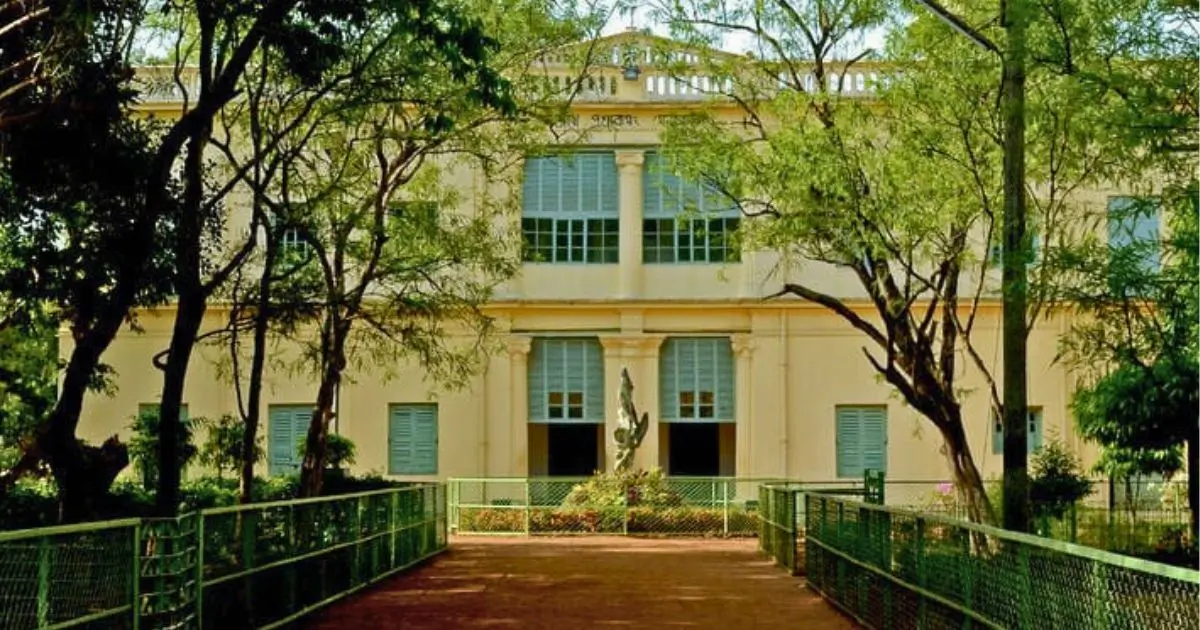In a historic announcement that has sent waves of pride and joy throughout India, Santiniketan, the hallowed institution founded by the legendary poet and philosopher Rabindranath Tagore, has been declared a UNESCO World Heritage Site.
This prestigious recognition marks a testament to Santiniketan’s invaluable contributions to education, culture, and its unique approach to fostering a global perspective on unity and art.
Santiniketan, situated in the serene environs of rural West Bengal, had its humble beginnings in 1901 when Rabindranath Tagore established it as a residential school and a center for art deeply rooted in ancient Indian traditions.
Tagore’s vision was far-reaching, emphasizing the unity of humanity that transcended religious and cultural boundaries. This vision, which he infused into the very ethos of Santiniketan, has continued to resonate through the ages.
The transformational journey of Santiniketan took a significant stride in 1921 when it evolved into a ‘world university,’ officially known as “Visva Bharati.” This institution embodies Tagore’s dream of a place where cultures from around the world could converge, learn from each other, and collectively strive for a harmonious coexistence. Today, Visva Bharati stands as a symbol of India’s commitment to nurturing global intellect and fostering an inclusive perspective on education.
What sets Santiniketan apart from other educational and cultural institutions is its architectural and philosophical distinctiveness. In a stark departure from the prevailing British colonial architectural styles of the early 20th century and European modernism, Santiniketan’s architectural approach represents a fusion of pan-Asian modernity.
The campus’s design and layout draw inspiration from ancient, medieval, and folk traditions across the Asian continent. This amalgamation of diverse influences is a reflection of Tagore’s vision of a united world that cherishes its rich heritage while embracing progress.
The UNESCO World Heritage designation for Santiniketan is not only a recognition of its historical and cultural significance but also a reaffirmation of India’s commitment to preserving its rich legacy for future generations. It is a testament to the enduring impact of Rabindranath Tagore’s ideals and his vision for Santiniketan as a beacon of unity, art, and education.
The UNESCO recognition is expected to boost tourism in the region, bringing attention to the vibrant cultural heritage of Santiniketan and the broader potential for sustainable development. It will also encourage international collaboration and exchanges with institutions and scholars worldwide, further fulfilling the vision of Santiniketan as a global center for learning and cultural exchange.
As the sun sets over the tranquil campus of Santiniketan, there is a palpable sense of pride among the residents and well-wishers. The UNESCO World Heritage Site status is not just an accolade but a renewed promise to uphold the spirit and ideals that have made Santiniketan an enduring symbol of India’s cultural richness and commitment to global unity.
On this momentous occasion, Santiniketan stands as a living legacy, reminding the world that the pursuit of knowledge, art, and unity knows no boundaries and continues to thrive in the heart of India.


